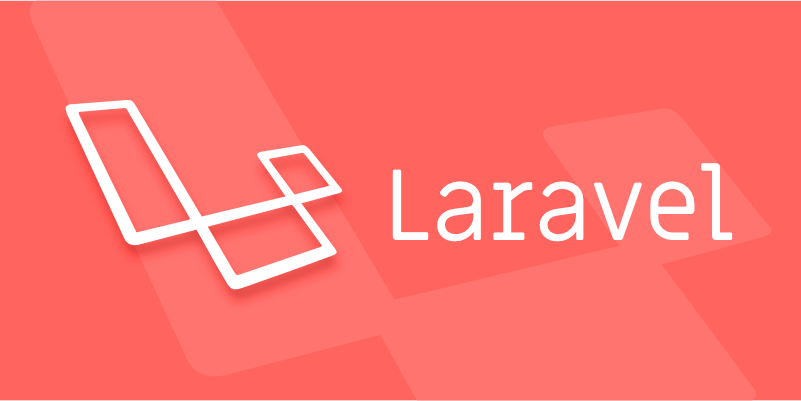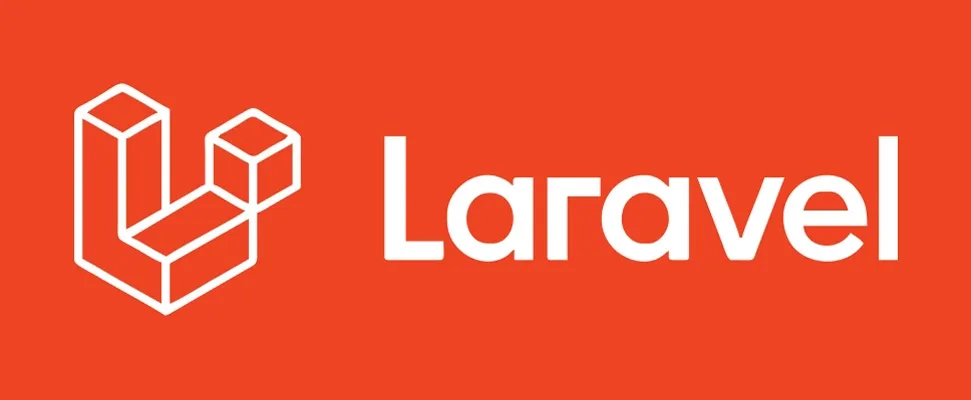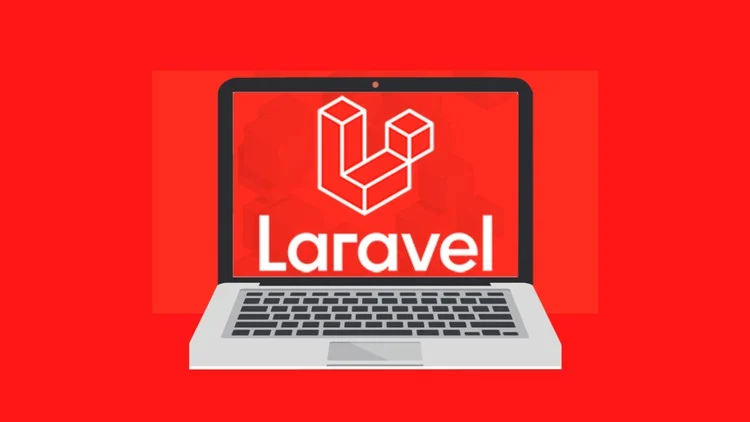What is Domain-Driven Design (DDD) in the context of Laravel?
Jul 29, 2025 am 01:41 AMDDD in Laravel is not built-in but can be applied to organize complex business logic by structuring code around business domains rather than technical layers. 1. Bounded Contexts divide the application into modules like UserModule or OrderModule, each containing its own models, services, and events, keeping related logic together. 2. Entities represent objects with identity such as UserEntity, while Value Objects like EmailValueObject are defined by their attributes and kept separate from Eloquent models. 3. Aggregates group domain objects into coherent units like Order with its items, and Repositories abstract data access using interfaces in the domain and Eloquent implementations in infrastructure, decoupling business logic from persistence. 4. Domain Events such as UserRegistered are dispatched when key business moments occur, leveraging Laravel’s event system but defining events within the domain to ensure business relevance. Applying DDD in Laravel improves separation of concerns, enhances testability, supports scalability, and is most beneficial for complex applications beyond simple CRUD operations. To adopt DDD, start with a single module, use Laravel’s service container for dependency injection, isolate Eloquent to infrastructure layers, use DTOs for data transfer, and consider DDD scaffolding packages for faster setup. Adopting DDD in Laravel enables maintainable, scalable, and business-focused architecture as applications grow beyond basic MVC patterns.

Domain-Driven Design (DDD) in the context of Laravel isn’t a built-in feature of the framework — Laravel itself follows a more traditional MVC (Model-View-Controller) structure. However, DDD is an architectural approach that you can apply to Laravel applications to better organize complex business logic and make your code more maintainable as your project grows.

What is Domain-Driven Design?
DDD is a software design philosophy that emphasizes modeling your application around the core business domain. Instead of organizing code by technical layers (like controllers, models, or routes), you organize it by business capabilities — such as Users, Orders, Payments, etc. The goal is to keep the domain logic (the "what" and "why" of your app) central and explicit.
In Laravel, adopting DDD means rethinking how you structure your app, even though Laravel doesn’t enforce DDD out of the box.

Key DDD Concepts Applied in Laravel
1. Bounded Contexts (Modules)
Each major part of your business logic becomes a self-contained module. For example:
UserModule/OrderModule/PaymentModule/
Each module contains its own models, services, repositories, DTOs, and policies — everything related to that domain.

In Laravel, this often translates to organizing code in folders like:
app/ ├── Modules/ │ ├── User/ │ │ ├── Models/ │ │ ├── Services/ │ │ ├── Repositories/ │ │ ├── DTOs/ │ │ └── Events/ │ └── Order/ │ ├── Models/ │ └── ...
This keeps related logic together and reduces coupling.
2. Entities and Value Objects
- Entities are objects with identity (e.g., a
Userwith a unique ID). - Value Objects are defined by their attributes (e.g.,
Address,Money).
In Laravel, you might create these as plain PHP classes within your domain:
// app/Modules/User/Entities/UserEntity.php
class UserEntity
{
public function __construct(
public string $id,
public string $name,
public EmailValueObject $email
) {}
}These are separate from Eloquent models, which become persistence details.
3. Aggregates and Repositories
- An Aggregate is a cluster of domain objects treated as a single unit (e.g.,
OrderOrderItems). - A Repository abstracts data access. Instead of using Eloquent directly in controllers, you use a repository interface defined in the domain and implemented in the infrastructure layer.
Example:
// Interface in domain
interface OrderRepositoryInterface
{
public function findById(string $id): ?OrderEntity;
public function save(OrderEntity $order): void;
}
// Implementation using Eloquent
class EloquentOrderRepository implements OrderRepositoryInterface
{
public function findById(string $id): ?OrderEntity
{
$model = OrderModel::find($id);
return $model ? OrderEntity::fromModel($model) : null;
}
}This way, your domain doesn’t depend on Laravel’s Eloquent.
4. Domain Events
When something important happens (e.g., "UserRegistered"), you fire a domain event. Other parts of the system can listen and react — like sending a welcome email or creating a profile.
In Laravel, you can use Laravel’s event system, but define events in your domain:
// app/Modules/User/Events/UserRegistered.php
class UserRegistered
{
public function __construct(public UserEntity $user) {}
}Then use event(new UserRegistered($user)) — and listeners can be in the same or other modules.
Why Apply DDD in Laravel?
- Complex apps benefit most: If your app is mostly CRUD, DDD might be overkill. But if you have complex workflows, rules, and multiple teams, DDD helps manage that complexity.
- Better separation of concerns: Business logic stays in the domain, not scattered across controllers or middleware.
- Easier testing: You can test domain logic without booting the entire Laravel framework.
- Scalability: Modules can evolve independently, making refactoring and team ownership easier.
Practical Tips for DDD in Laravel
- Start small: Apply DDD to one module first (e.g.,
OrderModule). - Use Laravel’s service container to inject repository implementations.
- Keep Eloquent models in a sub-layer (like
Infrastructure) — they’re just persistence tools. - Use DTOs to transfer data between layers.
- Consider packages like
laravel-shift/laravel-domainorryangjchandler/laravel-dddto scaffold DDD structure.
Basically, DDD in Laravel is about structuring your app around business needs, not framework conventions. It’s not required, but it’s powerful when your app outgrows simple MVC.
The above is the detailed content of What is Domain-Driven Design (DDD) in the context of Laravel?. For more information, please follow other related articles on the PHP Chinese website!

Hot AI Tools

Undress AI Tool
Undress images for free

Undresser.AI Undress
AI-powered app for creating realistic nude photos

AI Clothes Remover
Online AI tool for removing clothes from photos.

Clothoff.io
AI clothes remover

Video Face Swap
Swap faces in any video effortlessly with our completely free AI face swap tool!

Hot Article

Hot Tools

Notepad++7.3.1
Easy-to-use and free code editor

SublimeText3 Chinese version
Chinese version, very easy to use

Zend Studio 13.0.1
Powerful PHP integrated development environment

Dreamweaver CS6
Visual web development tools

SublimeText3 Mac version
God-level code editing software (SublimeText3)

Hot Topics
 Creating Custom Validation Rules in a Laravel Project
Jul 04, 2025 am 01:03 AM
Creating Custom Validation Rules in a Laravel Project
Jul 04, 2025 am 01:03 AM
There are three ways to add custom validation rules in Laravel: using closures, Rule classes, and form requests. 1. Use closures to be suitable for lightweight verification, such as preventing the user name "admin"; 2. Create Rule classes (such as ValidUsernameRule) to make complex logic clearer and maintainable; 3. Integrate multiple rules in form requests and centrally manage verification logic. At the same time, you can set prompts through custom messages methods or incoming error message arrays to improve flexibility and maintainability.
 Adding multilingual support to a Laravel application
Jul 03, 2025 am 01:17 AM
Adding multilingual support to a Laravel application
Jul 03, 2025 am 01:17 AM
The core methods for Laravel applications to implement multilingual support include: setting language files, dynamic language switching, translation URL routing, and managing translation keys in Blade templates. First, organize the strings of each language in the corresponding folders (such as en, es, fr) in the /resources/lang directory, and define the translation content by returning the associative array; 2. Translate the key value through the \_\_() helper function call, and use App::setLocale() to combine session or routing parameters to realize language switching; 3. For translation URLs, paths can be defined for different languages ??through prefixed routing groups, or route alias in language files dynamically mapped; 4. Keep the translation keys concise and
 Working with pivot tables in Laravel Many-to-Many relationships
Jul 07, 2025 am 01:06 AM
Working with pivot tables in Laravel Many-to-Many relationships
Jul 07, 2025 am 01:06 AM
ToworkeffectivelywithpivottablesinLaravel,firstaccesspivotdatausingwithPivot()orwithTimestamps(),thenupdateentrieswithupdateExistingPivot(),managerelationshipsviadetach()andsync(),andusecustompivotmodelswhenneeded.1.UsewithPivot()toincludespecificcol
 Sending different types of notifications with Laravel
Jul 06, 2025 am 12:52 AM
Sending different types of notifications with Laravel
Jul 06, 2025 am 12:52 AM
Laravelprovidesacleanandflexiblewaytosendnotificationsviamultiplechannelslikeemail,SMS,in-appalerts,andpushnotifications.Youdefinenotificationchannelsinthevia()methodofanotificationclass,andimplementspecificmethodsliketoMail(),toDatabase(),ortoVonage
 Understanding and creating custom Service Providers in Laravel
Jul 03, 2025 am 01:35 AM
Understanding and creating custom Service Providers in Laravel
Jul 03, 2025 am 01:35 AM
ServiceProvider is the core mechanism used in the Laravel framework for registering services and initializing logic. You can create a custom ServiceProvider through the Artisan command; 1. The register method is used to bind services, register singletons, set aliases, etc., and other services that have not yet been loaded cannot be called; 2. The boot method runs after all services are registered and is used to register event listeners, view synthesizers, middleware and other logic that depends on other services; common uses include binding interfaces and implementations, registering Facades, loading configurations, registering command-line instructions and view components; it is recommended to centralize relevant bindings to a ServiceProvider to manage, and pay attention to registration
 Understanding Dependency Injection in Laravel?
Jul 05, 2025 am 02:01 AM
Understanding Dependency Injection in Laravel?
Jul 05, 2025 am 02:01 AM
Dependency injection automatically handles class dependencies through service containers in Laravel without manual new objects. Its core is constructor injection and method injection, such as automatically passing in the Request instance in the controller. Laravel parses dependencies through type prompts and recursively creates the required objects. The binding interface and implementation can be used by the service provider to use the bind method, or singleton to bind a singleton. When using it, you need to ensure type prompts, avoid constructor complications, use context bindings with caution, and understand automatic parsing rules. Mastering these can improve code flexibility and maintenance.
 Strategies for optimizing Laravel application performance
Jul 09, 2025 am 03:00 AM
Strategies for optimizing Laravel application performance
Jul 09, 2025 am 03:00 AM
Laravel performance optimization can improve application efficiency through four core directions. 1. Use the cache mechanism to reduce duplicate queries, store infrequently changing data through Cache::remember() and other methods to reduce database access frequency; 2. Optimize database from the model to query statements, avoid N 1 queries, specifying field queries, adding indexes, paging processing and reading and writing separation, and reduce bottlenecks; 3. Use time-consuming operations such as email sending and file exporting to queue asynchronous processing, use Supervisor to manage workers and set up retry mechanisms; 4. Use middleware and service providers reasonably to avoid complex logic and unnecessary initialization code, and delay loading of services to improve startup efficiency.
 Handling exceptions and logging errors in a Laravel application
Jul 02, 2025 pm 03:24 PM
Handling exceptions and logging errors in a Laravel application
Jul 02, 2025 pm 03:24 PM
The core methods for handling exceptions and recording errors in Laravel applications include: 1. Use the App\Exceptions\Handler class to centrally manage unhandled exceptions, and record or notify exception information through the report() method, such as sending Slack notifications; 2. Use Monolog to configure the log system, set the log level and output method in config/logging.php, and enable error and above level logs in production environment. At the same time, detailed exception information can be manually recorded in report() in combination with the context; 3. Customize the render() method to return a unified JSON format error response, improving the collaboration efficiency of the front and back end of the API. These steps are






